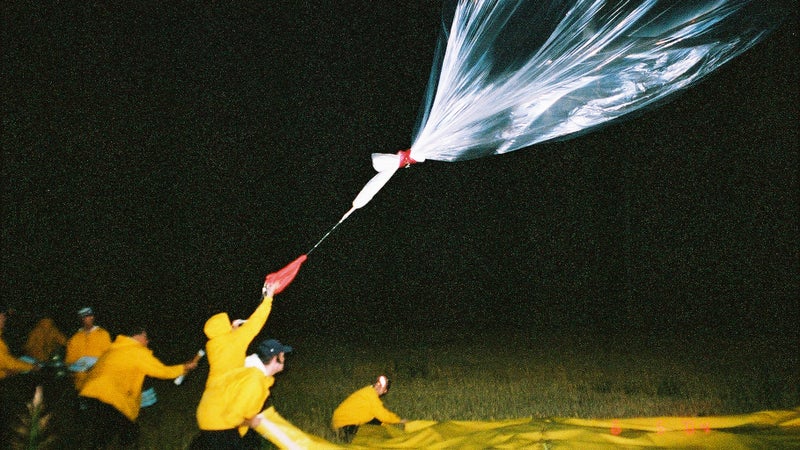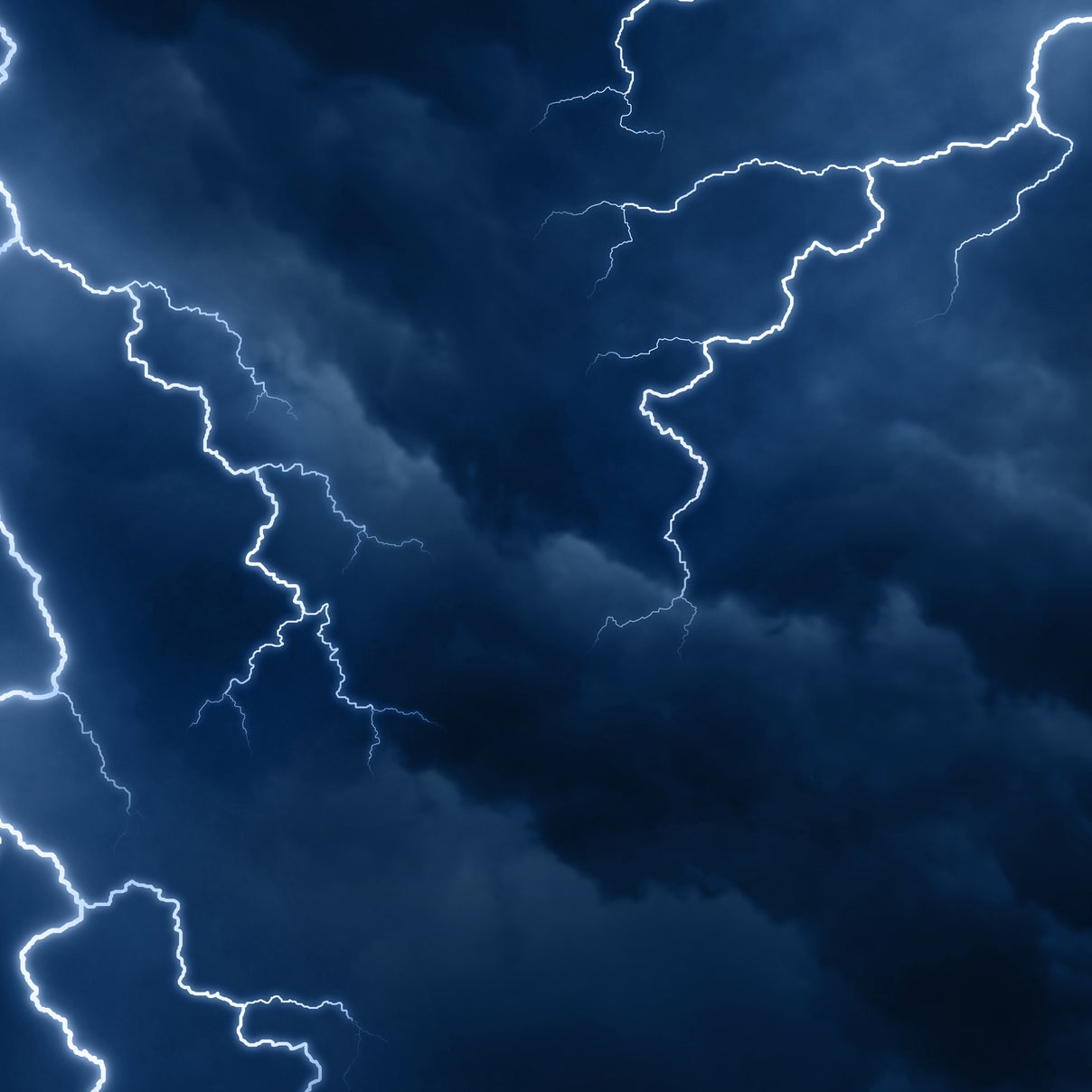I grew up in Fort Worth, Texas, where we had a lot of thunderstorms. I enjoyed watching the lightning. Later, at , one of the teams was using thunder to map lightning to learn where it was occurring in storms.
That’s what got me hooked.
A big part of is chasing storms. We attach instruments to balloons—pretty large balloons, roughly 30 feet long and seven feet wide. We fill them with helium. We don’t use hydrogen—lightning is all around, and we’d just as soon not have an explosion.
Watching a storm from any distance is a thrill because of the power involved and the spectacle of the winds and lightning. It’s a thrill, it’s awe-inspiring, it’s beautiful. As you approach the storm, it’s all of those things. There’s also respect. Storms are hazardous. They produce tornadoes, large hail, and lightning, which is what we’re trying to understand. We’re like hunters. The storm is our prey, and we’re trying to capture it with our balloon.

The excitement begins when we get close. We have a great view. It’s like watching fireworks right in front of you. We have rain gear, but we do get wet. In a heavy thunderstorm, there’s nothing you can do that will keep you dry. The hail can get big enough to hurt you—big enough to kill you. When 60 mph winds blow hail, it’s like being struck by a musket ball. When it hits you, it hurts.
We get close to the storms, but we stay as safe as we can. There have been times when our hair stood on end. The electrical force was so strong that it caused a current to flow through our bodies. The potential of a flash was very high. We dove into our vehicles. Nobody has been hurt in our stormchasing.
But we have had flashes strike very close. One hit a power line a couple hundred feet away. When lightning is that close, the sound is different. It’s almost like tearing paper, and then there’s a big boom that’ll make your ears ring, like an explosion. That’s what thunder is—air heating up so fast it explodes.
Back when we started, we had very little idea why storms produced lightning. Now we know that what electrifies storms are collisions between big ice crystals and little ice crystals.
The lightning channel itself is 20,000 to 30,000 degrees Fahrenheit—hotter than the surface of the sun. The hotter things get, the brighter they shine. If you see a piece of metal getting hot, it glows red, then yellow, and eventually blue and white. That’s what you’re seeing in a lightning channel. It’s heating the air so much that it becomes luminous.
If you’re hiking, the is to be off the mountain by 3:00 p.m. Most thunderstorms occur in mid- to late afternoon. Don’t stand underneath an isolated tree for rain shelter—that tree is more likely to be struck. Don’t stand under a tree that’s taller than the others.
From the time you see a flash, count the number of seconds until you hear the thunder, then divide that number by five. That’s how many miles away it is. If you can’t get to safety when lightning is occurring around you, stand or crouch. Don’t lie flat. Basically, make your target as small as you can. And stay out of the water.
Interviewed by Jacob Baynham.


